Climb Mount Kilimanjaro
Conquer Africa's Highest Peak
5,895m / 19,341ft
Reach the Roof of Africa
Mount Kilimanjaro, standing at 5,895 meters (19,341 feet), is the highest peak in Africa and the world's tallest free-standing mountain. This dormant volcano offers one of the most accessible high-altitude climbs, requiring no technical climbing skills, making the summit achievable for determined trekkers.
Climbing Kilimanjaro is a journey through five distinct climate zones, from tropical rainforest to arctic summit. Each day brings new landscapes and challenges as you ascend toward the snow-capped peak. The experience is both physically demanding and spiritually rewarding.
With Escape Tours, you'll benefit from our experienced guides, excellent safety record, and high success rates. Our team has summited Kilimanjaro hundreds of times and knows exactly how to maximize your chances of reaching Uhuru Peak while ensuring your safety and enjoyment throughout the journey.
Choose Your Route
Each route offers unique experiences and challenges - select the one that matches your goals
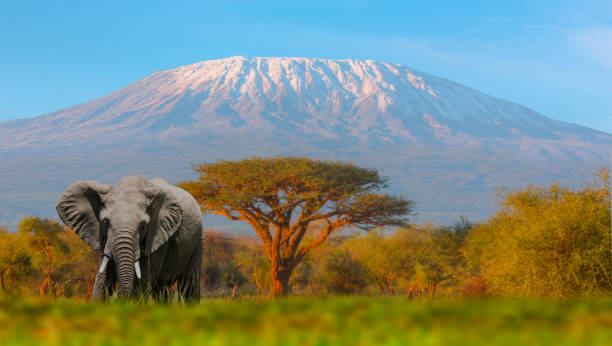
Machame Route
"Whiskey Route"
The most popular route offering stunning scenery and excellent acclimatization. Approaches from the south through lush rainforest, ascending through diverse vegetation zones. Known for its 'climb high, sleep low' approach which aids acclimatization. The route is challenging but incredibly rewarding with spectacular views throughout.
Highlights:
- Scenic and diverse landscapes
- Good acclimatization profile
- "Climb high, sleep low" approach
- Challenging but rewarding
- Most popular route
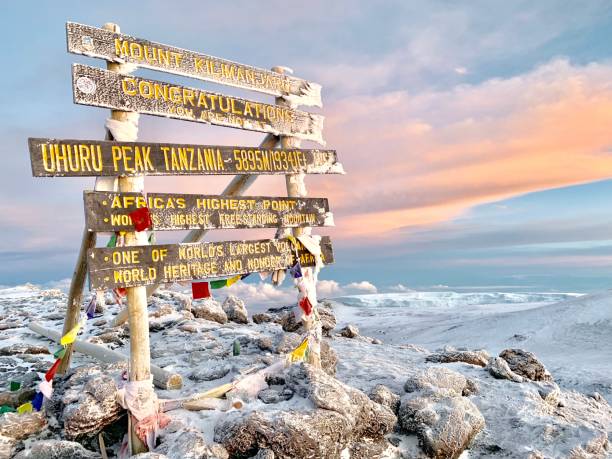
Marangu Route
"Coca-Cola Route"
The only route with hut accommodation, eliminating the need for camping. Features a gradual ascent through varied vegetation zones from rainforest to alpine desert. The same path is used for ascent and descent. Often considered the easiest route, making it popular with beginners, though the shorter duration can affect acclimatization.
Highlights:
- Hut accommodation (no camping)
- Gradual, steady ascent
- Most established route
- Good for beginners
- Comfortable sleeping huts
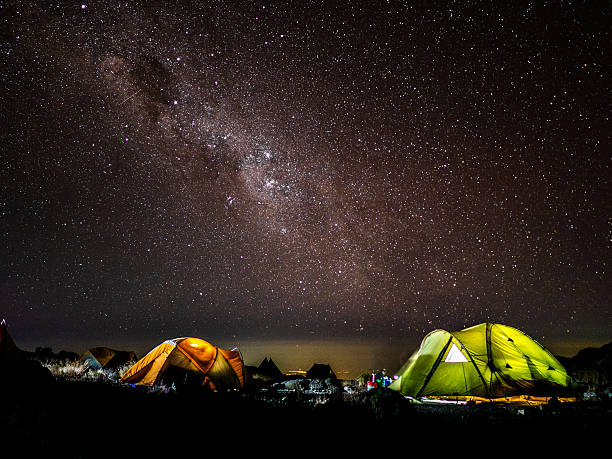
Rongai Route
The Northern Approach
Approaches from the north near the Kenyan border, offering a quieter experience with fewer climbers. Features gradual ascent with beautiful wilderness scenery and good wildlife viewing opportunities in the lower elevations. The drier northern side provides different perspectives of the mountain and more consistent weather.
Highlights:
- Less crowded than other routes
- Gradual ascent profile
- Approaches from north (Kenya border)
- Good wildlife viewing
- Drier conditions
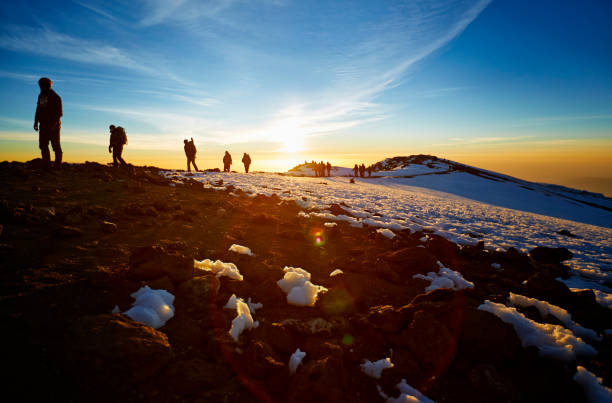
Lemosho Route
The Scenic Route
One of the most scenic routes with excellent acclimatization due to longer duration. Approaches from the west through pristine wilderness with spectacular views. The extended itinerary allows for better altitude adjustment, resulting in the highest success rates. Considered by many to be the most beautiful route up Kilimanjaro.
Highlights:
- Highest success rate
- Excellent acclimatization
- Stunning scenery throughout
- Less crowded
- Longer, more gradual ascent
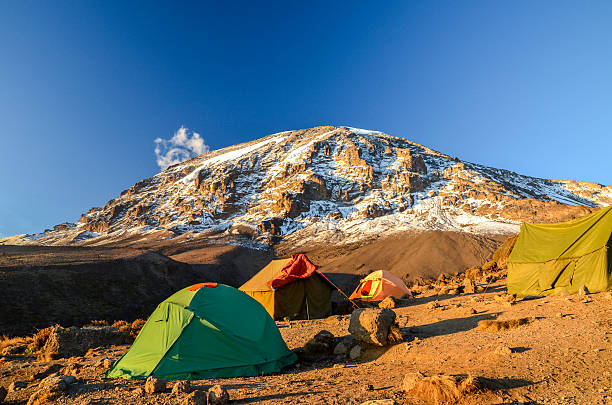
Northern Circuit
The Grand Traverse
The longest and newest route, circling around the northern slopes of Kilimanjaro. Offers unparalleled views from all sides of the mountain and the best acclimatization profile. The extended duration and gradual ascent result in the highest success rates. Perfect for those wanting the most comprehensive Kilimanjaro experience in remote, pristine wilderness.
Highlights:
- Highest success rate of all routes
- Most scenic route
- Best acclimatization profile
- Remote and pristine
- 360-degree mountain views
What's Included
Preparation Tips
Physical Fitness
Start training 2-3 months before your climb. Focus on cardiovascular fitness, hiking with a backpack, and leg strength exercises.
Best Time to Climb
January-March and June-October offer the best weather. Avoid April-May (long rains) and November (short rains).
What to Pack
Layered clothing for varying temperatures, quality hiking boots, sleeping bag rated to -10°C, headlamp, and personal medications.
Altitude Sickness Prevention
Climb slowly (pole pole), stay hydrated, consider Diamox medication, and listen to your guide's advice about acclimatization.